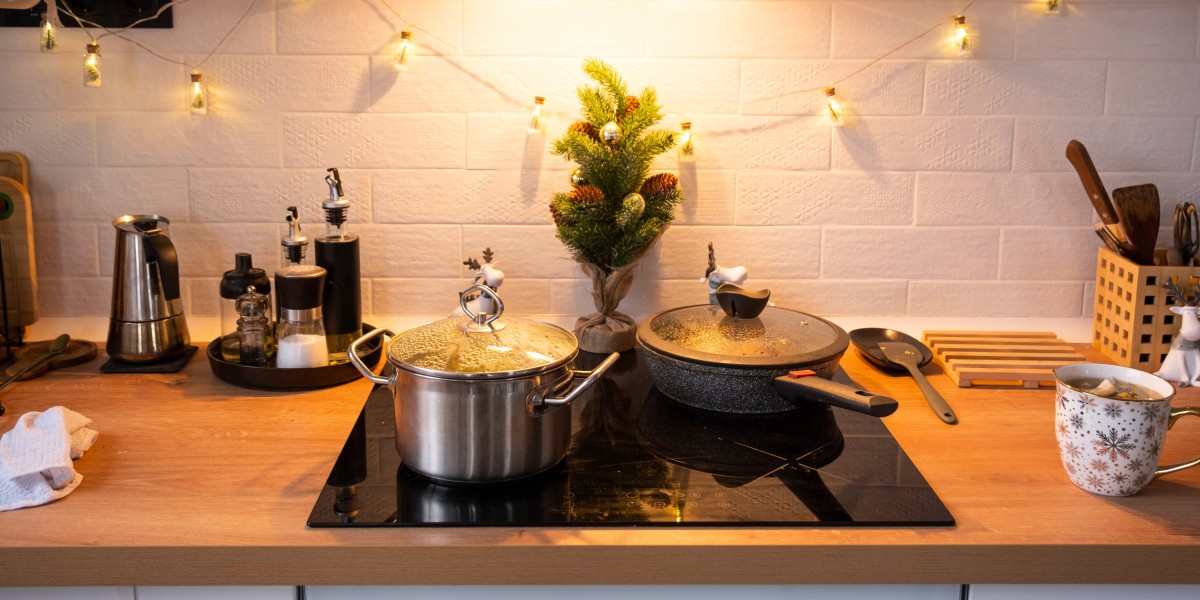The Ultimate Guide to Kitchen Built-In Ovens: What You Need to Know
When it concerns contemporary kitchens, the built-in oven is more than simply a home appliance; it is a statement of style, effectiveness, and functionality. Built-in ovens are designed to integrate seamlessly into cabinets, supplying a streamlined look that boosts the general design of the kitchen. This article explores the various types, advantages, and considerations of kitchen built-in ovens, and supplies insights to help you make an educated purchasing choice.
Tabulation
- What is a Built-In Oven?
- Kinds Of Built-In Ovens
- 2.1 Single Ovens
- 2.2 Double Ovens
- 2.3 Steam Ovens
- 2.4 Wall Ovens
- Advantages of Built-In Ovens
- Key Features to Look For
- Setup Considerations
- Frequently Asked Questions
- Conclusion
1. What is a Built-In Oven?
A built-in oven is an oven created to be set up within kitchen cabinets rather than as a freestanding unit. This style permits greater aesthetic flexibility while optimizing available kitchen area. Built-in ovens been available in different sizes and setups, catering to varied culinary needs and kitchen styles.

2. Kinds Of Built-In Ovens
Understanding the various kinds of built-in ovens can assist customers select the right one for their kitchen ovens built in (their website) setups and cooking designs.
2.1 Single Ovens
Single ovens are compact and designed to fit within basic cabinet widths. These ovens generally offer adequate space for everyday cooking needs, such as baking or roasting. They can be found in numerous electric or gas designs and are typically user-friendly with straightforward controls.
2.2 Double Ovens
For people who often host large events or delight in cooking multi-course meals, double ovens can be a lifesaver. These systems consist of two separate oven compartments and deal increased cooking capacity, allowing for simultaneous baking or roasting at various temperatures.
2.3 Steam Ovens
Steam ovens use steam to cook food, which assists maintain moisture and nutrients. These ovens are significantly popular among health-conscious individuals and premium cooks. Steam ovens can be built-in alongside conventional ovens for a versatile kitchen setup.
2.4 Wall Ovens
Wall ovens are created to be set up within a wall instead of under countertops. They offer hassle-free gain access to and can be integrated with other wall-mounted kitchen appliances. Wall ovens might be offered as single or double units.
3. Advantages of Built-In Ovens
Opting for a built-in oven comes with various advantages:
- Space Efficiency: Built-in ovens can be tucked into cabinetry, maximizing valuable kitchen space.
- Aesthetic Appeal: They supply a cleaner, more modern look than basic freestanding ovens.
- Range of Designs: Built-in ovens are readily available in several finishes, consisting of Russell Hobbs 60cm Stainless Steel Electric Oven Top-Quality SIA 60cm Stainless Steel Electric Oven, Bosch Black Built-in Single Oven - Modern Cooking, and white, enabling combination with various kitchen styles.
- Improved Functionality: Many built-in ovens come geared up with sophisticated functions such as self-cleaning modes, touch screens, and convection technology.
4. Key Features to Look For
When choosing a built-in oven, think about the following functions to boost cooking functionality:
- Temperature Range: A wider temperature level range permits higher versatility in cooking numerous meals.
- Self-Cleaning Options: Look for models that provide self-cleaning capabilities to conserve effort and time on upkeep.
- Convection Cooking: Convection ovens flow air to prepare food equally and quickly.
- Wi-Fi Connectivity: Some contemporary built-in ovens featured Wi-Fi ability, permitting users to manage settings or preheat the oven remotely.
- Security Features: Check for functions like automatic shut-off, kid locks, and cooling systems to ensure optimum security.
5. Installation Considerations
Before purchasing a built-in oven, specific setup elements need to be addressed:
- Size and Dimensions: Ensure the chosen oven fits the designated area. Step the height, width, and depth of the desired setup location.
- Ventilation: Gas ovens require appropriate ventilation to ensure security. Consult a professional if needed.
- Electrical Requirements: Check the electrical requirements of the picked system to ensure compatibility with existing outlets.
- Professional Installation: If you're not experienced in appliance setup, it may be sensible to look for expert support to ensure appropriate fitting and compliance with local codes.
6. Frequently Asked Questions
Q1: How do built-build in oven ovens vary from freestanding ovens?A: Built-in ovens are set up in kitchen cabinetry for a seamless look, while freestanding ovens stand alone and do not need built-in setup.
Q2: Can you install a built-in oven yourself?A: While some people with experience may select to install an oven themselves, it is typically advised to hire an expert to make sure intergrated electric oven or gas connections are safely installed. Q3: Are built-in ovens energy-efficient? A: Many built-in ovens feature energy-saving innovation and are typically more effective compared to older models. Constantly inspect energy rankings before acquiring. Q4: Do built-in ovens require special maintenance?A: Regular maintenance includes keeping
the interior tidy and examining for any wear and tear. Self-cleaning best fit their cooking design and style preferences. Whether a seasoned chef or a home cook, the benefits of choosing a built-in oven are clear. By considering the details outlined in this guide, people can make educated choices that will cause years of cooking satisfaction. Additional Resources For further information on kitchen appliances, consider taking a look at the following resources: Consumer Reports: Product evaluations and buying guides. Energy Star: Energy-efficient appliance suggestions. Home Improvement Stores: Local experts can provide extra insights and guidance. Embarking on a kitchen restoration or upgrade can be
models can streamline this job considerably. Q5: What is the typical lifespan of a built-in oven?A: The average life-span of a built-in oven is normally between 10 to 15 years, depending upon use and maintenance practices. 7. Conclusion Purchasing a built-in oven can enhance both the functionality and visual appeals of your kitchen. With various types and functions readily available, customerscan select designs that







